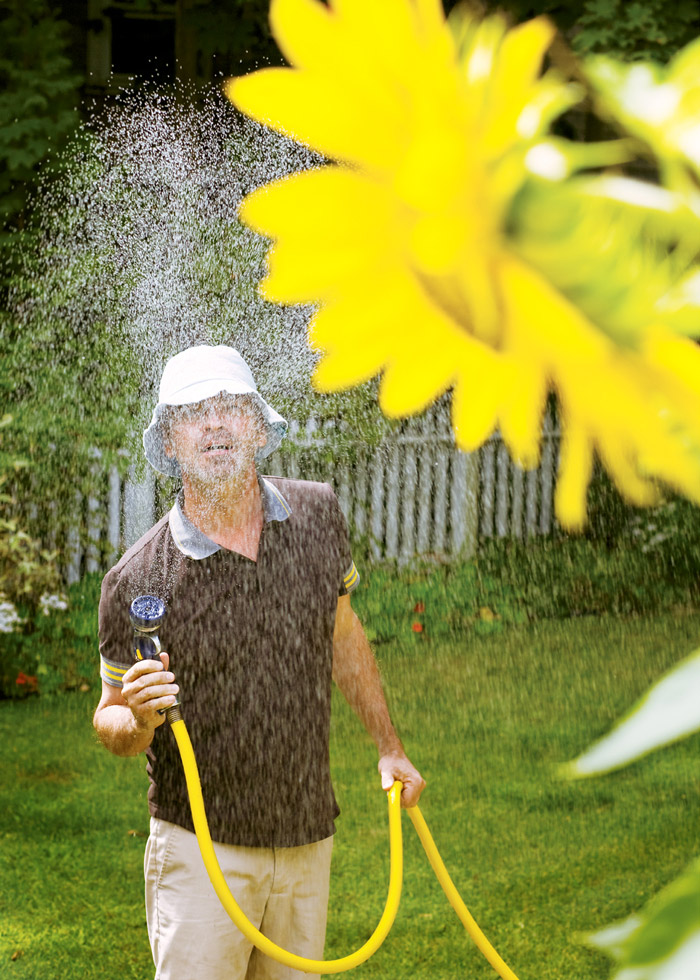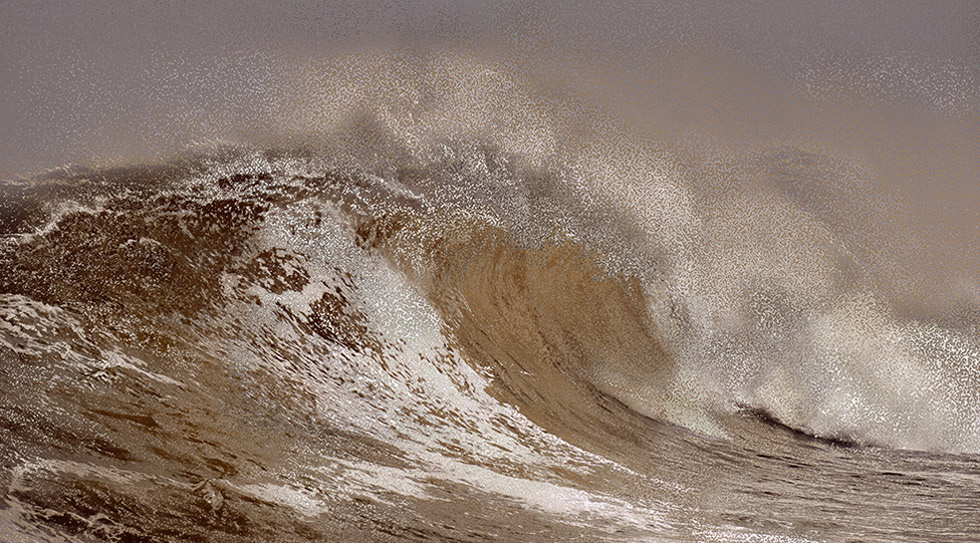July 24 – September 6, 2014
Opening Reception:
Thursday, July 24, 2014
5:00 – 8:00 p.m.
ClampArt is pleased to announce “Iowa, Ohio,” Scott Daniel Ellison’s fourth solo show at the gallery. The exhibition coincides with the release of the artist’s first monograph of the same name from Magical Thinking/Schilt Publishing (Hardcover, 80 pages, 9.4 x 7.7 inches, $40).
Ellison’s newest body of work imagines macabre vignettes inspired in equal parts by Scandinavian folklore, obscure horror films, and childhood fears and preoccupations. About his rearing in rural upstate, Ellison writes: “As Halloween approached I would get on my bike and ride around the developments and back roads of Warwick, New York looking for the witches, werewolves, vampires, and zombies that were put out on front lawns, placed in windows, or propped up on lawn chairs as decoration.” These explorations emerge in this body of work as arcane subjects, re-invented as children’s drawings—dark fantasies of an imagination gone wild.
These new works reflect a shift in visual and narrative complexity for Ellison. The recent scenes are no longer immediately readable, but instead give the viewer just a glimpse of vague (and often unsettling) occurrences. Though commonly whimsical and sometimes even endearing at first glance, the subject matter veers riotously between near sweet depictions of household pets and the more sinister implications of hands reaching from the mouths of tunnels, or skulls and spiders and bodies burrowed deep underground.
Trained as a photographer who counts images by Diane Arbus and Ralph Eugene Meatyard as early inspiration, Ellison’s work as a painter engages a history of “outsider” art, particularly the work of Bill Traylor and Henry Darger. This genealogy is apparent in Ellison’s visual language of deadpan compositions, smeared lines, flat shapes, and a general economy of means.




